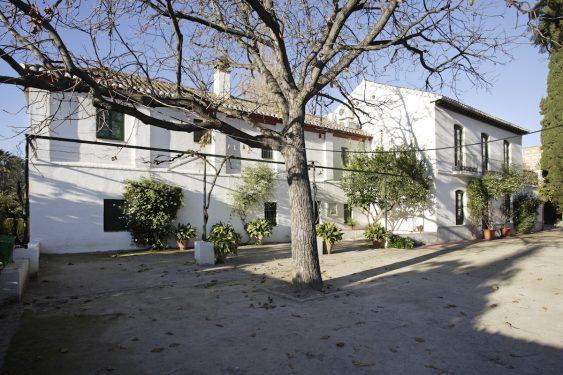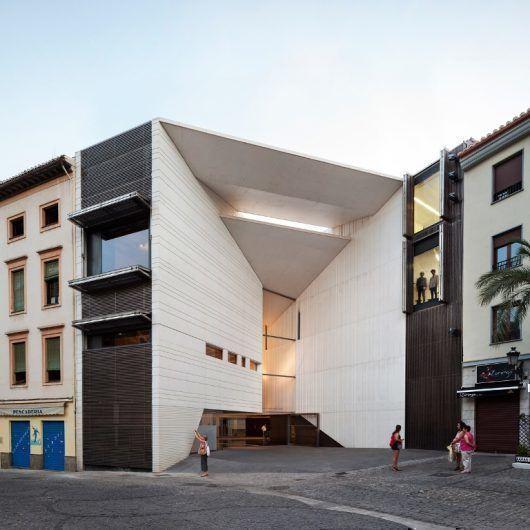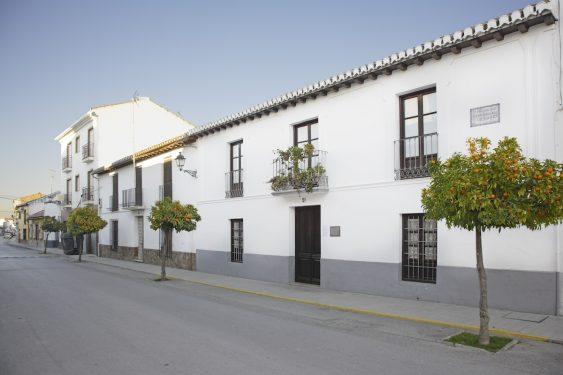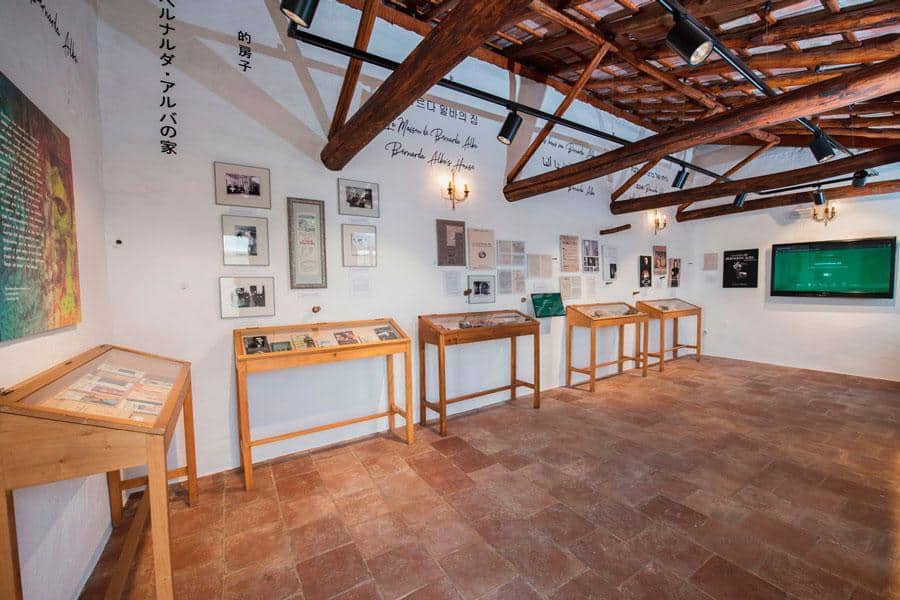- Home
- Listings
- Things To See & Do
- Car Hire
- News
- Properties
- What’s On
ES
Lorca Museums
Federico García Lorca Museums
Granada is a city of rich heritage and artistic fervor, intimately intertwined with the immortal legacy of Federico García Lorca. Federico García Lorca is one of Spain’s best-known and most loved writers. A poet and dramatist, he was also a skilled painter, pianist and composer. Here, amidst the cobbled streets and ancient palaces, visitors embark on a poignant journey through the life and works of this celebrated Spanish poet and playwright. While some Lorca-related museums are nestled within the heart of Granada, others beckon travelers to explore the surrounding areas where Lorca once lived and found inspiration. Each museum offers a profound glimpse into the soul of Lorca and the influences that shaped his extraordinary creativity. Join us as we delve into Granada’s Lorca-related museums, spanning both city streets and rural retreats, to uncover the enduring spirit of this literary luminary in the very places that nurtured his genius.
Huerta de San Vicente - Casa-Museo de Federico García Lorca

The Huerta de San Vicente is the summer house where Lorca penned a number of his most important works between 1926 and 1936, including The Gypsy Ballads and Blood Wedding, before he was killed by Nationalist partisans at the beginning of the Spanish Civil War. The house retains all its original furniture, and Lorca’s bedroom has been kept exactly as it was when he lived there. Open: Summer (June 1st through September 15th): Tuesday to Saturday 9am to 3pm with visits at 11, 11:30, 12, 12:30, 1 and 1:30pm. Winter: September 16th through May 31st (excluding Christmas and Easter): 10am – 5pm. Visits at 10:00,
10:45, 11:30, 12:15, 13:00, 13:45, 15:00, 15:45, 16:30. Christmas: Tuesday to Saturday 9am- 3pm. Easter: Tuesday, Wednesday and Saturday 9am to 3pm.
Address: Casa-Museo Federico García Lorca, calle Virgen Blanca, s/n, 18004 Granada. Tel: +34 958 258 466. Visit website.
Centro Federico García Lorca
The Federico García Lorca Center is a cultural institution focused on researching the life and work of the Granada poet and promoting his literary creations. Its main purpose is to safeguard the poet’s legacy under the García Lorca Foundation, led by his heirs. The center also serves as a venue for modern artistic events, featuring an auditorium, exhibition halls, offices, and a secure library for valuable materials.
Address: Plaza de la Romanilla, s/n 18001 Granada. Tel: (+34) 958 274 062. Exhibitions timetable: Summer (March 15th- September 14th): Tuesday to Saturday: 11am-2pm / 6pm-9pm. Winter: September 15th- March 14th: Tuesday to Saturday 11am-2pm / 5pm-8pm. Sunday and bank holidays: 11am-2pm. Closed on Monday. Email:
info@centrofedericogarcialorca.es. Visit website.

Federico García Lorca Birthplace in Fuentevaqueros

The birthplace of Federico García Lorca in Fuente Vaqueros has been restored by the Diputación de Granada and transformed into a museum. The museum’s rooms authentically recreate the ambiance of his youth through decor and furniture. The second floor, once a barn, now hosts exhibitions and cultural events. The museum holds numerous written and visual documents, as well as personal items and belongings connected to the poet’s life and work.
Built in 1880 during Federico García Rodríguez’s marriage to Matilde Palacios, the house exemplifies a typical farmhouse found in La Vega of Granada. It went through various changes with different families until its acquisition by the Diputación de Granada in 1982. With the formation of the Federico García Lorca Board, the house began functioning as a museum in 1986.
This house-museum is significant for preserving García Lorca’s memory and creating an emotionally charged space that nurtures his ideas and legacy. The museum offers a brief yet intense journey through time, exploring his personal spaces such as the dining room, kitchen, bedrooms, and patio. The converted barn serves as an exhibition hall, displaying his letters, drawings, books, and hidden secrets that unveil lesser-known aspects of his complex personality.
Check the schedules and book on their website. Address: Calle García Lorca 4, Fuentevaqueros, Granada. Visit website.
Casa Museo Federico García Lorca - Valderrubio
Federico García Lorca’s early years were spent in this Valderrubio house, which now functions as a local museum in his memory. The farmhouse has even maintained his room as per his request in a letter to his family.
Built in 1915 over the foundations of his father’s old house, this traditional two-story farmhouse served as both a residence and storage for harvested crops. During his time here, Federico attended school and experienced his first traveling theater. Until 1925, it was the family’s summer retreat as well.

The main house, originally intended for domestic use and crop storage, is accompanied by a smaller annex with a more humble design where the landlords lived. Both houses open onto a spacious, well-lit courtyard, containing additional structures like corrals and the former stable, now repurposed into a theater and temporary exhibition space.
The museum showcases personal items and furniture, some of which were preserved by neighbors responsible for looking after the house and cultivating the family’s lands. Check the schedules and book on their website. Address: Calle Iglesia, nº 20
Valderrubio, Granada. Visit website.
House of Bernarda Alba in Valderrubio

The House of Bernarda Alba, which served as Federico García Lorca’s inspiration for one of his renowned plays, became a museum in 2018. The house is situated also in Valderrubio in the heart of La Vega of Granada.
This traditional two-story farmhouse, designed for both living and storing crops, has a spacious courtyard that offers numerous possibilities for organizing cultural events.
The objective of the project was to transform the house into a tourist and cultural space accessible to the public. This space aims to showcase Lorca’s significance in the world of theater and highlight Valderrubio as a wellspring of inspiration.
Visitors are treated to a multimedia and audiovisual recreation of the ambiance, traditions, and experiences that fueled the poet and playwright’s work. This immersive experience allows emotions to transport visitors back to the time of the play, as the building has preserved its scenes in their original state.
Check the schedules and book on their website.
Address: Calle Real de Valderrubio, nº 1
Valderrubio, Granada. Visit website.
